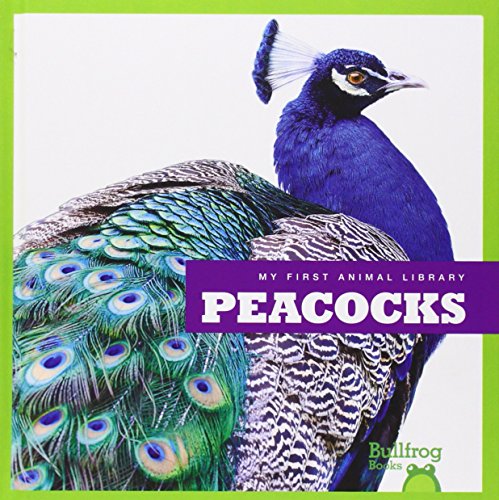-
Anteaters
Mari Schuh
Library Binding (Jump!, Jan. 1, 2015)In Anteaters, beginning readers will follow an anteater in the wild as it looks for food and stays safe from predators. Vibrant, full-color photos and carefully leveled text will engage young readers as they learn how anteaters survive in the wild. I
I
-
Meerkats
Penelope S. Nelson
Library Binding (Jump!, Inc., Aug. 1, 2019)In Meerkats, beginning readers will follow meerkats as they work together to find food and stay safe from danger. Vibrant, full-color photos and carefully leveled text will engage young readers as they learn how meerkats survive in the wild. J
J
-
Sloths
Mari Schuh
Library Binding (Jump!, Aug. 1, 2014)In Sloths, early readers will learn how sloths sleep upside down in the rain forest and why their hair turns green. Vibrant, full-color photos and carefully leveled text will engage emergent readers as they observe a day in the life of a sloth. I
I
-
Moose
Cari Meister
Library Binding (Jump!, Inc., Aug. 1, 2018)In Moose, young readers will learn about the life of a moose. Vibrant, full-color photos and carefully leveled text will engage early readers as they discover how the unique body of a moose helps the animal to live and thrive. A labeled diagram helps readers identify the body parts of a moose, while a picture glossary reinforces new vocabulary. Children can learn more about moose online using our safe search engine that provides relevant, age-appropriate websites. Moose also features reading tips for teachers and parents, a table of contents, and an index. Moose is part of the My First Animal Library series from Jump! I
I
-
Bald Eagles
Mari Schuh
Library Binding (Jump!, Jan. 1, 2016)In Bald Eagles, beginning readers follow a bald eagle as it hunts for prey, builds a nest, and raises its young. Vibrant, full-color photos and carefully leveled text engage young readers as they learn all about this majestic bird. I
I
-
Aardvarks
Penelope S. Nelson
Library Binding (Jump!, Inc., Aug. 1, 2019)In Aardvarks, beginning readers will follow an aardvark as it digs for finds food and digs burrows. Vibrant, full-color photos and carefully leveled text will engage young readers as they learn how aardvarks survive in the wild. J
J
-
Leatherback Sea Turtle
Rod Theodorou
Library Binding (Heinemann, Feb. 27, 2001)Describes the physical characteristics, behavior, and habitat of the leatherback sea turtle, and explains some of the reasons why it is an endangered species. N
N




